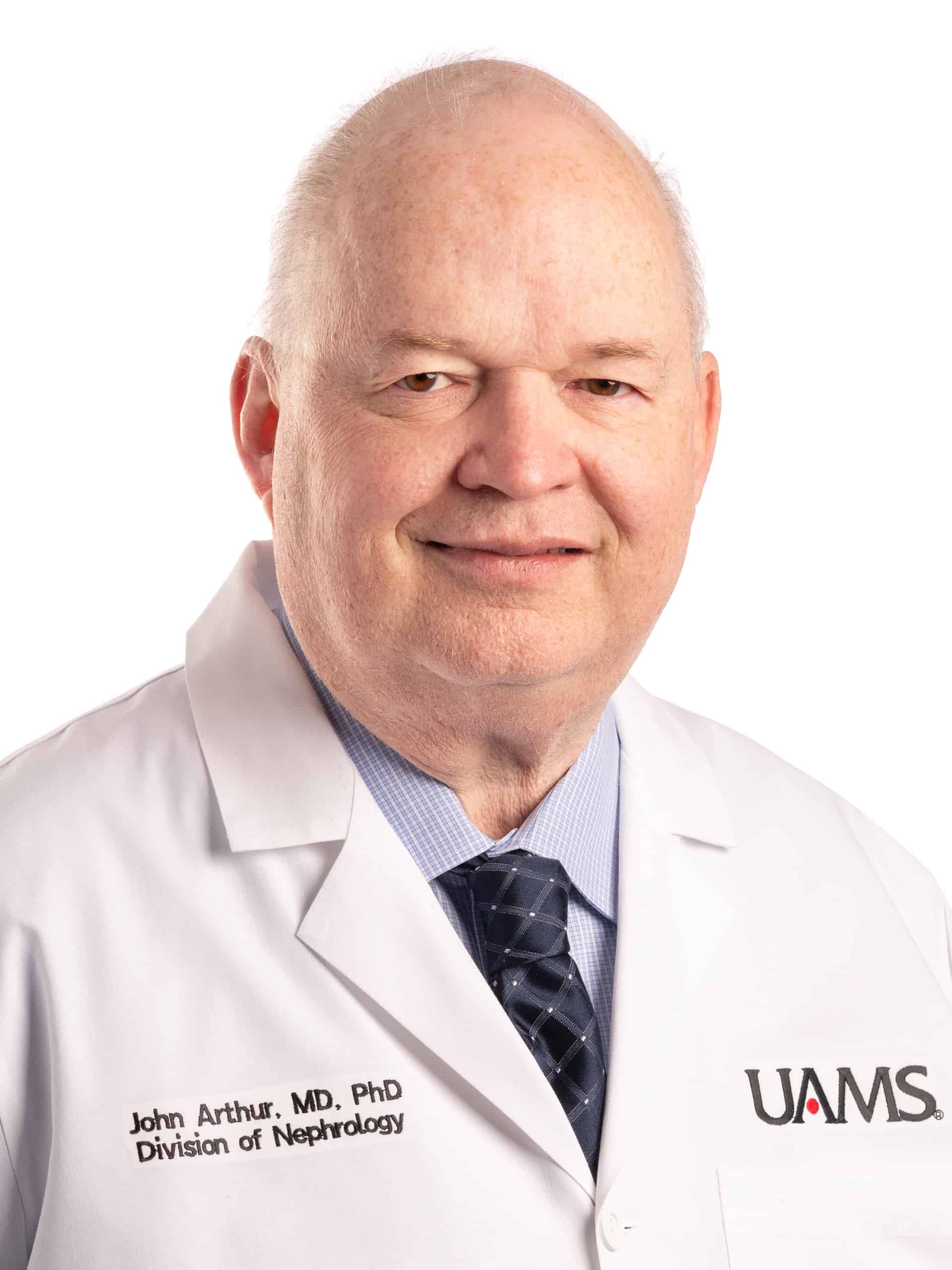
I am a practicing nephrologist with a strong interest in acute kidney disease and have been using proteomic technologies for discovery and validation of biomarkers for over 15 years. We use targeted analysis of candidate markers by multiplexed bead array, ELISA and mass spectrometry and proteomic discovery analyses by liquid chromatography/mass spectrometry to identify and qualify biomarkers.

As a researcher, my primary interest is the effects of environmental toxins, such as lead and PCBs, on oxidative stress and the effects of mitochondrial dysfunction and oxidative stress on radiation-induced normal tissue damage. I am currently funded by NIEHS to assess the role of sirtuin 3 in regulating PCB-induced mitochondrial injury through AREA Grant mechanism, which is instrumental for exposing students to research.

My projects focus on links between glucose and insulin metabolism in processes leading to the development of Alzheimer’s disease. This age-related neurodegenerative disease is the most common cause of dementia and seems to depend on the accumulation of a peptide termed “amyloid-β.” Our studies utilize experiments conducted in cultured cells and models developed in mice, particularly mice genetically altered for amyloid-β along with diet-induced obesity. These studies may provide key insights into the cause(s) and treatment of both Alzheimer’s disease and perhaps even diabetes.

I am mostly interested in apoptotic endonucleases, the key enzymes regulating irreversible cell death after cell injury and during diseases. The nine known endonucleases seem to act by fragmenting DNA independently from each other. Our latest studies show the crosstalk between the endonucleases through several mechanisms. When necessary, tissues can protect themselves by inactivating endonucleases, while in other cases, the endonucleases activate each other and cooperate. By learning the mechanisms of this regulation, we hope to find universal cures of many human diseases including organ failures and cancers.

Research in my laboratory focuses on defining mechanisms of viral pathogenesis using mammalian orthoreovirus (reovirus) as a model system. Reoviruses are enteric pathogens that enter the bloodstream to disseminate to the central nervous system where they cause encephalitis. We work to define host and viral determinants that govern (i) the establishment of viral bloodstream infections and (ii) development of viral encephalitic disease.

Radiation-induced heart disease is a late occurring and sometimes severe side effect of radiotherapy of cancers in the thorax. To better understand how radiation causes heart disease, our lab uses preclinical in vivo models to study the effects of radiation on cardiac function, structure and molecular changes.

Dr. Bosyen's research focuses on exploring the complex interactions between chemical exposure and nutritional or lifestyle habits, such as diet and physical activity, and their impact on adverse health outcomes like lung cancer. His team employs advanced techniques, including mass spectrometry and nanopore technologies, to measure DNA and protein adducts. This approach aims to enhance the understanding of carcinogen exposure and metabolism, examine how these processes are influenced by nutritional components, and elucidate the mechanisms that regulate related enzyme activities. Additionally, his research group investigates exposure-induced alterations in common metabolic pathways using both targeted and untargeted mass spectrometry-based metabolomic approaches. The long-term objective of his research is to comprehend the metabolic reprogramming of metastases to identify novel therapeutic targets.

My lab focuses on drug abuse during pregnancy and its effects on exposed offspring; specifically, we study neonatal opioid withdrawal syndrome (NOWS) following chronic opioid use in pregnancy. Our overall goal is to develop effective therapies for opioid use disorder during pregnancy that improve maternal-child health by diminishing NOWS severity.

Research in our laboratory focuses on the role of neuroinflammation in neurodegenerative disorders including Fetal Alcohol Spectrum Disorders (FASD) and Multiple Sclerosis (MS). Our work focuses on the mechanisms that regulate these disorders at the molecular and cellular levels, and in rodent models. Our overarching goal is to define novel therapies for FASD and MS.

My research focuses on the behavioral pharmacology of emerging drugs of abuse, including designer psychostimulants (“bath salts”), cannabinoids (“K2 / Spice” products), and hallucinogens. We employ a variety of in vivo assays to study drug actions, including biotelemetry, intravenous drug self-administration, conditioned place preference, drug discrimination, operant behavior, antinociception, and drug-elicited behaviors.

Our lab studies central nervous system (CNS) injury mainly in the retina and brain. The lab employs different molecular/cell culture techniques, human tissue samples, and animal studies to model critical disease conditions in these two organs. Among the diseases under study are diabetic retinopathy, retinopathy of prematurity, traumatic optic neuropathy, traumatic brain injury, and stroke. Our studies aim to elucidate the underlying pathological mechanisms in these conditions and identify new therapies that can be translated from bench to bedside to help patients affected by these disease conditions.
We are interested in studying immune cells in CNS diseases with a special focus on the role played by myeloid cells (macrophages and microglia) as they respond to acute and chronic injury to the retina and brain. These cells closely interact with CNS neurons and vasculature and therefore play a major role in neurovascular injury and repair. Our goal is to gear the myeloid cells toward a reparative phenotype through modulation of different molecular pathways. The lab is funded by the National Eye Institute.

My research focuses on molecular changes associated with neurotoxicity in animal and cell-culture models. This effort is aimed at identifying biomarkers for neurotoxicity assessments as well as understanding signal-transduction cascades following neurotoxic insults and ultimately, molecular mechanisms underlying neurotoxicity.

My research is centered around understanding how environmental exposures reprogram disease risk. My laboratory uses a multi-omics approach to understand how environmental chemicals dysregulate gene expression in normal tissues leading to various disease risk, including reproductive disorders and cancer. My laboratory has had a long-standing interest in studying the role of environmental and endocrine active agents including bisphenol A, phthalates, metal ions, and polycyclic aromatic hydrocarbons as disease causing toxicants and investigating their underlying epigenetic mechanisms.

Research in my laboratory is focused on understanding the fundamental mechanisms T cells utilize to adapt to environmental stress. My laboratory is currently developing and applying cutting-edge proteomic approaches to elucidate how proteome turnover dynamics influence the ability of a T cell to persist in solid tumors. To translate these findings, my laboratory seeks to establish new immune monitoring methodologies and to engineer CAR T-cell therapies with superior persistence in the heterogeneous solid tumor environment.

The focus of my research interests is in understanding of the epigenetic effects and mechanisms of normal and cancerous tissue response to cancer therapy, and how the modification over the epigenetic profile may modulate tissue response to therapy. I have a broad background in molecular and radiation biology, with specific training in epigenetic mechanisms of response to radiation exposure in both in vitro and in vivo systems.

My research focus is in the field of hormone regulation of cancer and on the developmental origin of cancer risk and the impact of environmental estrogens/endocrine disruption on epigenetics reprogramming.

Our laboratory studies the fundamental mechanisms of liver injury and repair, particularly drug-induced liver injury. Our major goals are to identify and characterize 1) new drug targets to treat liver disease patients, 2) new biomarkers for prognosis in acute liver failure and 3) new methods for pre-clinical prediction of drug hepatotoxicity. We heavily rely on the murine model of acetaminophen overdose to accomplish those goals, though other models are also available in our laboratory. Additional interests include the pathophysiology of fatty liver diseases, and extrahepatic toxicity of acetaminophen.
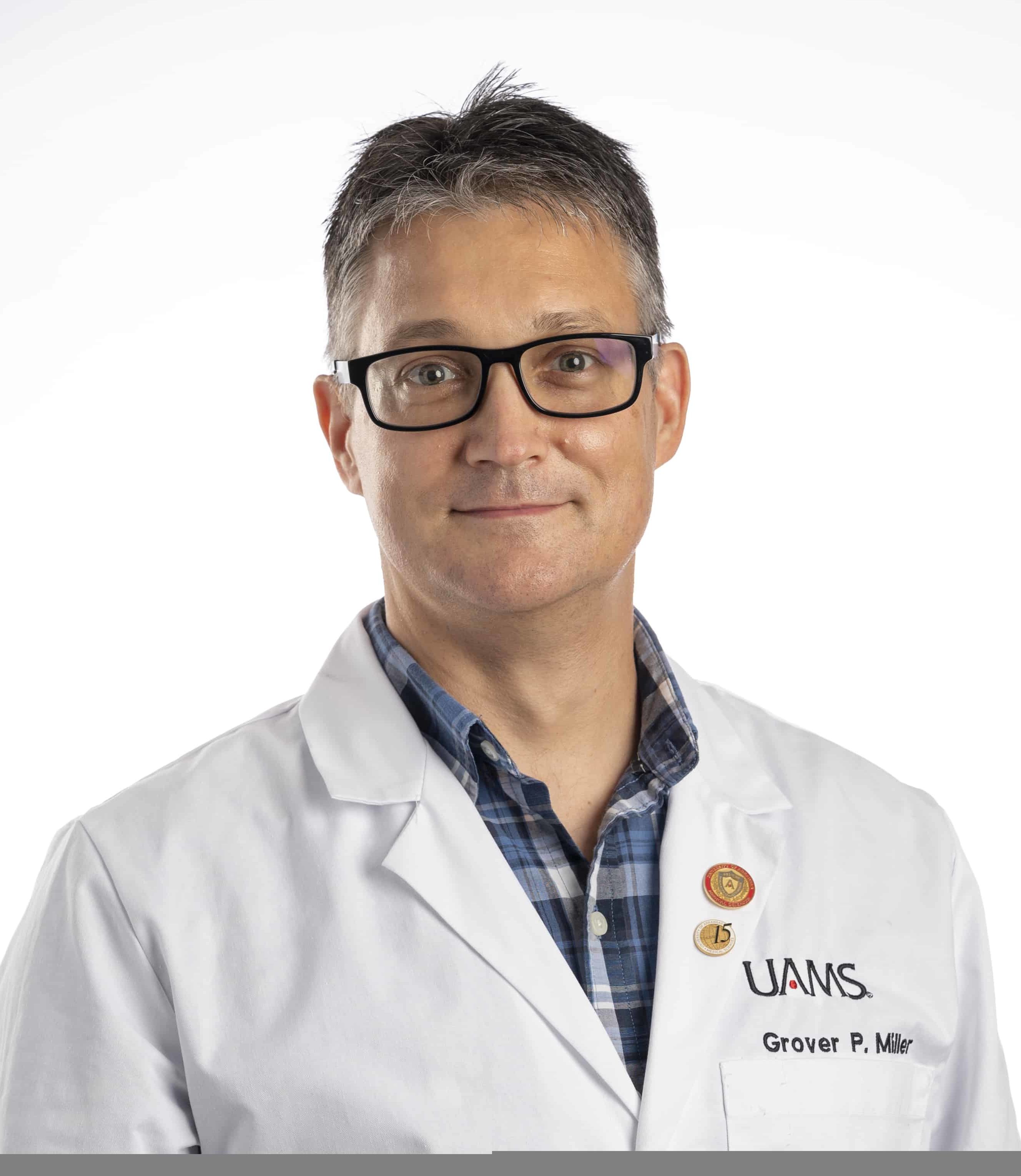
The goals of my research are to assess and interpret the biological significance of metabolic activation and clearance of molecules especially in relation to pharmacological and toxicological effects on humans. In practice, my group leverages powerful analytical and biochemical tools to identify and quantitate small molecules including drugs, pollutants, and food additives as they undergo transformations through metabolic pathways and then correlate findings to biological activity and in vivo outcomes. Individual projects aim to (1) determine metabolic mechanisms and efficiencies for the activation and elimination of potentially toxic molecules, (2) phenotype enzymes responsible for metabolic pathways that account for variation in the population and confound the identification of toxicological mechanisms, (3) profile metabolites in humans and animal models to correlate in vitro findings to in vivo outcomes and potentially identify diagnostic biomarkers, and (4) develop computational models for metabolic activation and clearance of drugs contributing to adverse drug events to improve their safety for patients.
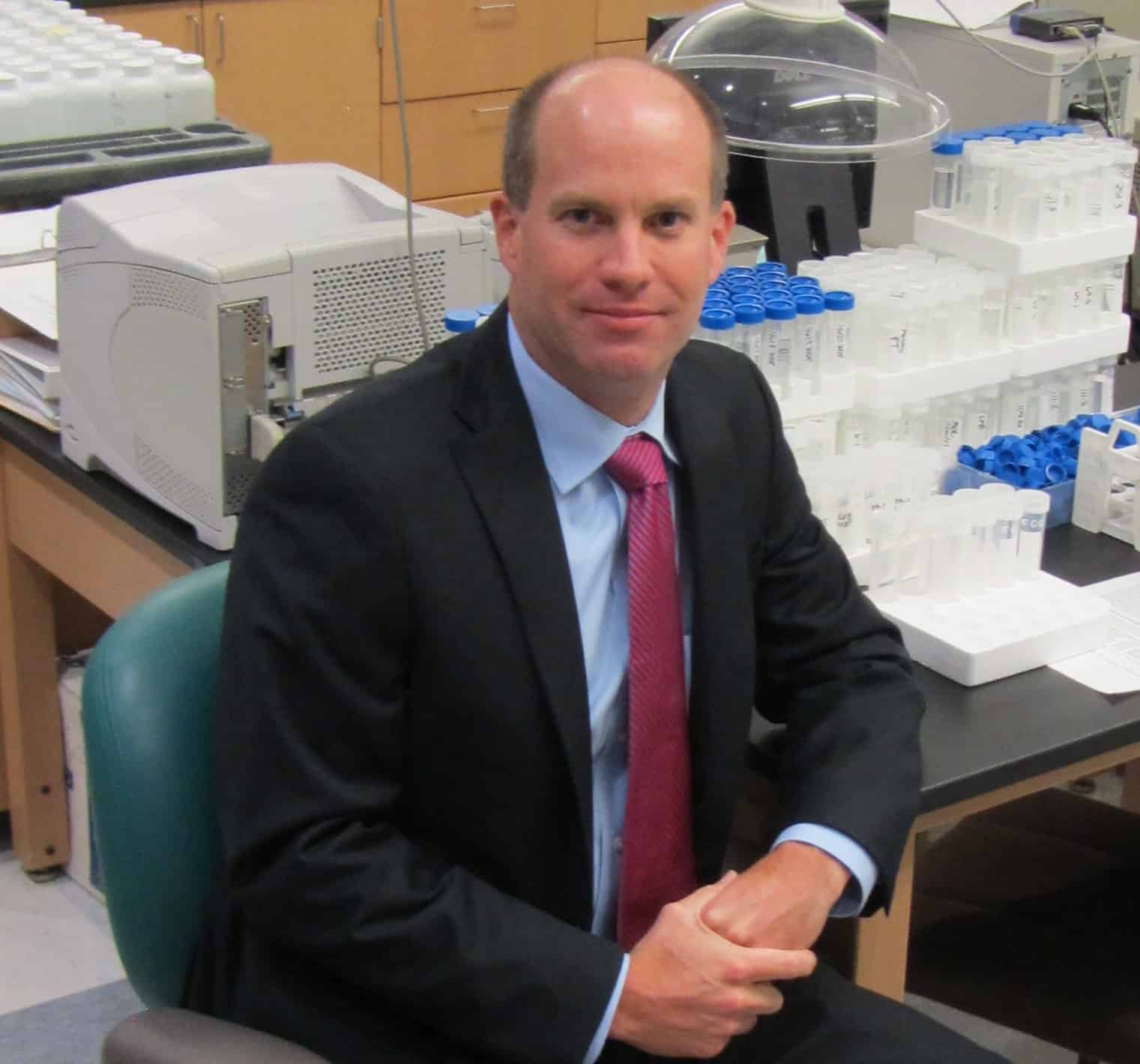
My research involves the detection and mechanisms of drugs of abuse, environmental toxicants, endogenous molecules and other xenobiotics. The analytical platforms developed are often used to support forensic, public health, and environmental laboratories.
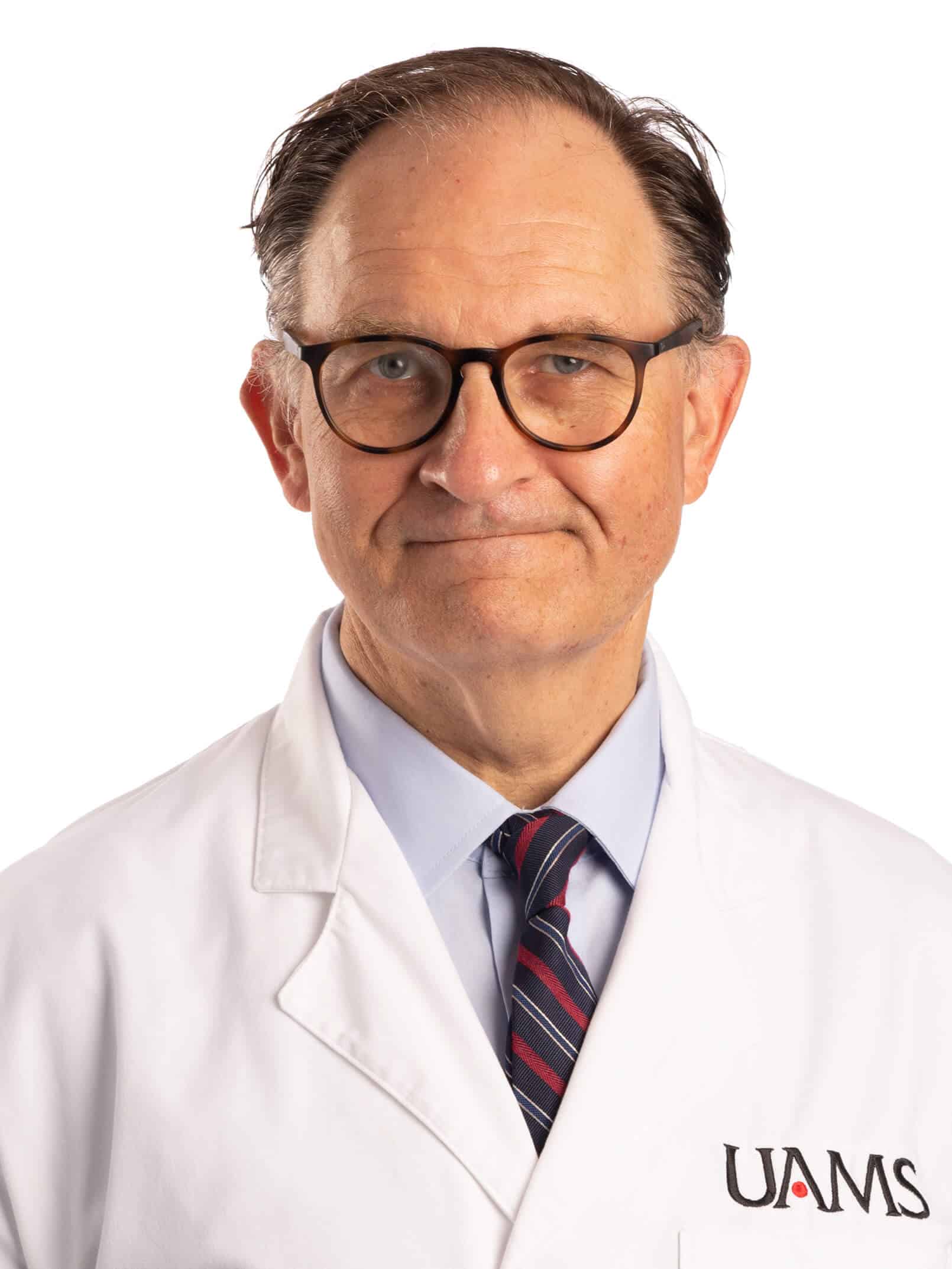
Research in my laboratory has been and is currently primarily supported by grants from the Veterans Health Administration, National Institutes of Health, and Department of Defense. I am broadly interested in understanding interactions between genetic, behavioral, and environmental risk factors for non-communicable diseases. We use a multidisciplinary approach that combines biochemical, molecular genetic and cell biological methods with preclinical models and population health studies.
Almost 20 years ago, my laboratory and colleagues identified and characterized genes involved in synthesis and metabolism of phosphatidic acid that turned out to play key roles in bioactive lipid signaling. One of these genes, PLPP3, is a heritable risk factor for coronary artery disease. The product of this gene is an integral membrane lipid phosphatase that can inactivate the bioactive lipid lysophosphatidic acid (LPA). With Susan Smyth we showed that PLPP3 is normally protective against experimental atherosclerosis. Studies using mouse models with inducible/tissue specific post-natal inactivation of PLPP3, and other genes and receptors involved in LPA metabolism and signaling identify broad roles for this LPA/LPP3 nexus in vascular inflammation and pathologies that include aortic aneurysms and calcific aortic valve disease.

Our research is deeply rooted in understanding the pathogenesis of hypertension and its progression to heart failure. This is not just a scientific endeavor but a mission to uncover the mechanisms driving the development of hypertension. We are dedicated to translating our basic scientific discoveries into clinical applications, with the ultimate goal of contributing to a cure for hypertension. To achieve this, we have conducted rigorous screenings to identify potential pathogenic targets in hypertension. Building on these initial findings, we are currently performing laboratory experiments using a combination of pharmacological and genetic approaches to determine the role of these identified molecules in the development of hypertension. Our latest project investigates the role and molecular mechanisms of immune cells in stimulating sodium retention in the kidney, a key factor in the pathogenesis of salt sensitivity in hypertension. Additionally, we have acquired extensive techniques and research experience in physiology, biology, molecular genetics, epigenetics, histology, and vascular biology, all of which are essential for our pursuit of translational medicine.

Our research focuses on the cellular and molecular mechanisms that control bone remodeling and lead to osteoporosis. We have generated several novel genetically-modified mouse models. Trainees in my lab benefit from access to state-of-the-art techniques to modify the mouse genome and my experience in using these techniques to generate informative models of bone disease.

My laboratory is interested in investigating novel mechanisms by which cold storage induces injury in the kidney transplants leading to the identification of novel therapeutic targets that could lead to improved outcome after transplantation. Specifically, my laboratory is investigating the roles of proteasome, heat shock protein, and complement pathways during kidney transplantation. We have established a rat kidney transplantation model, which will be fundamental in studying mechanisms of kidney injury during transplantation, and applying therapeutics to improve outcome after transplantation.

My laboratory is focused on developing strategies to better direct skeletal tissue repair or prevent tissue degeneration. Currently we are pursuing two directions of research: one aimed at improving the intra-articular delivery of therapeutics within synovial joints to prevent osteoarthritis; the other at overcoming key bottlenecks to stimulating chondrogenesis within skeletal defects. At present, these projects use mouse, rat, and rabbit models of bone and joint injury to help address specific research goals.
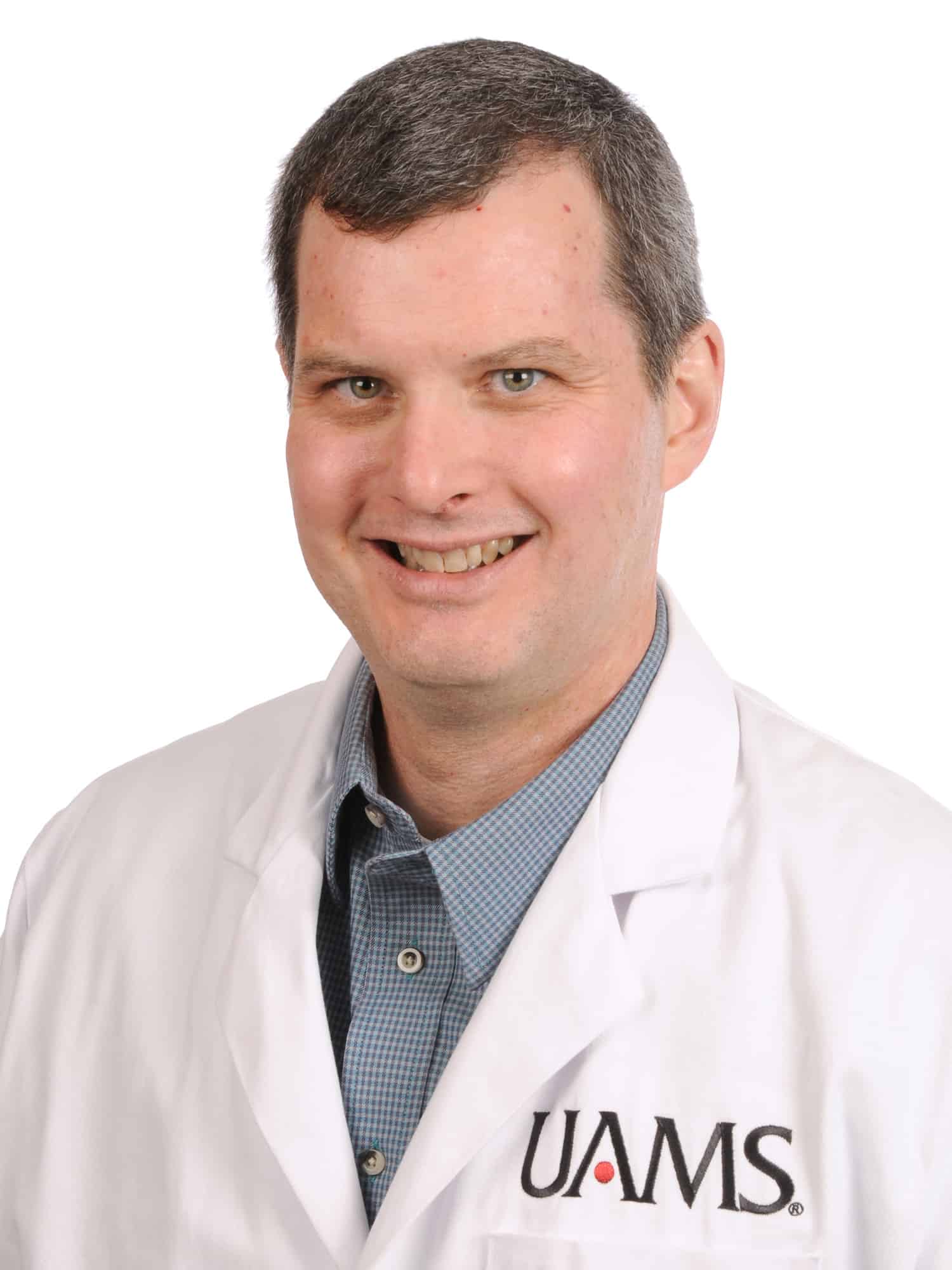
The goal of our research is to understand the key role that macrophages play in the development and progression of chronic inflammatory diseases. In particular, our studies seek to provide mechanistic details regarding the ability of macrophage scavenger receptors to regulate the inflammatory response associated with cardiovascular disease and cancer.
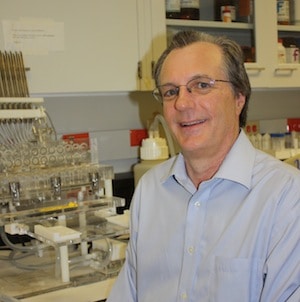
My research interests involve understanding the neurobiological mechanisms underlying the addictive states produced by drugs of abuse. Specifically, I investigate the cellular and molecular mechanisms of signal transduction mediated by G-protein coupled receptors (GPCRs) with which drugs of abuse interact. I have recently shown that active phase I hydroxylated metabolites of synthetic cannabinoids present in K2/Spice may contribute to the rather unique toxicity profile associated with use of these drugs. As such, my laboratory provides students with the opportunity to employ cellular and molecular techniques to characterize the pharmacological and toxicological properties of novel drugs of abuse.

The overall goal of my research is to elucidate the cellular and molecular mechanisms responsible for skeletal aging. We employ genetically modified mouse models, pharmacological and cell culture approaches to unravel the molecular pathways that mediate the effects of sex steroid deficiency and old age on bone. Particular emphasis is given to the contribution of common aging mechanisms such as oxidative stress and cellular senescence.

I am a practicing otolaryngologist with a primary interest in the treatment of vascular anomalies. My research focuses on how microRNAs drive abnormal endothelial cell growth in these lesions with the goals of targeting aberrant microRNA expression as a means of reducing the need for surgery or other invasive procedures, and of discovering novel microRNA biomarkers of vascular disease.

My laboratory's research focuses on understanding the host immune response to Plasmodium using rodent models of malaria. Plasmodium infections result in a bloodborne infection that causes clinical disease, and protection from disease is mediated by components of the innate and adaptive immune response. Our work focuses on understanding how different host cells and the mediators they produce promote parasite control while limiting host-mediated pathology.
